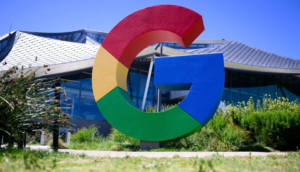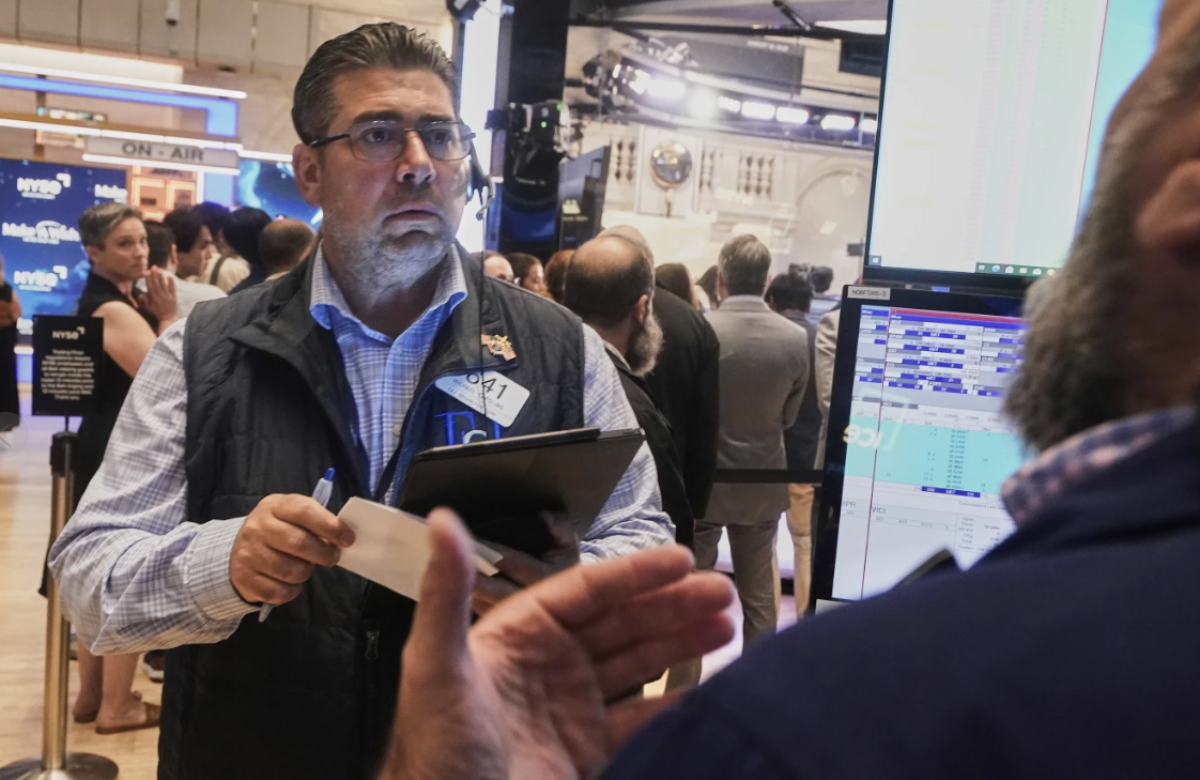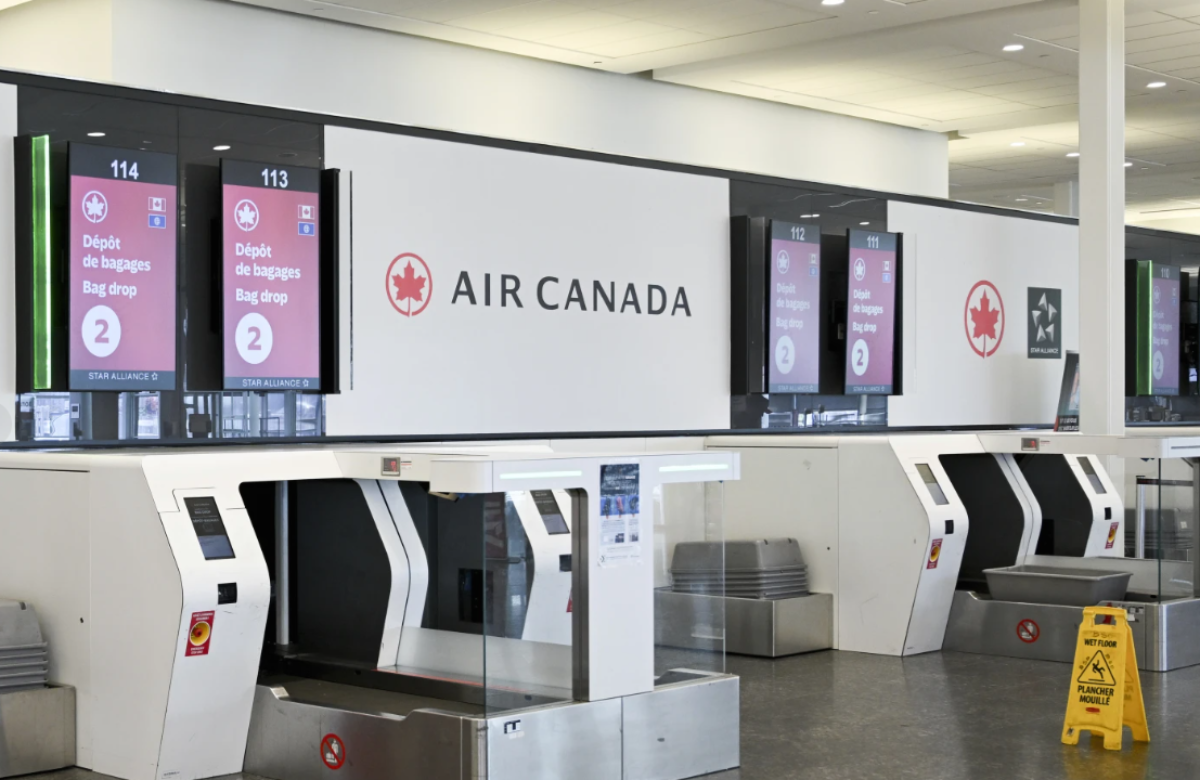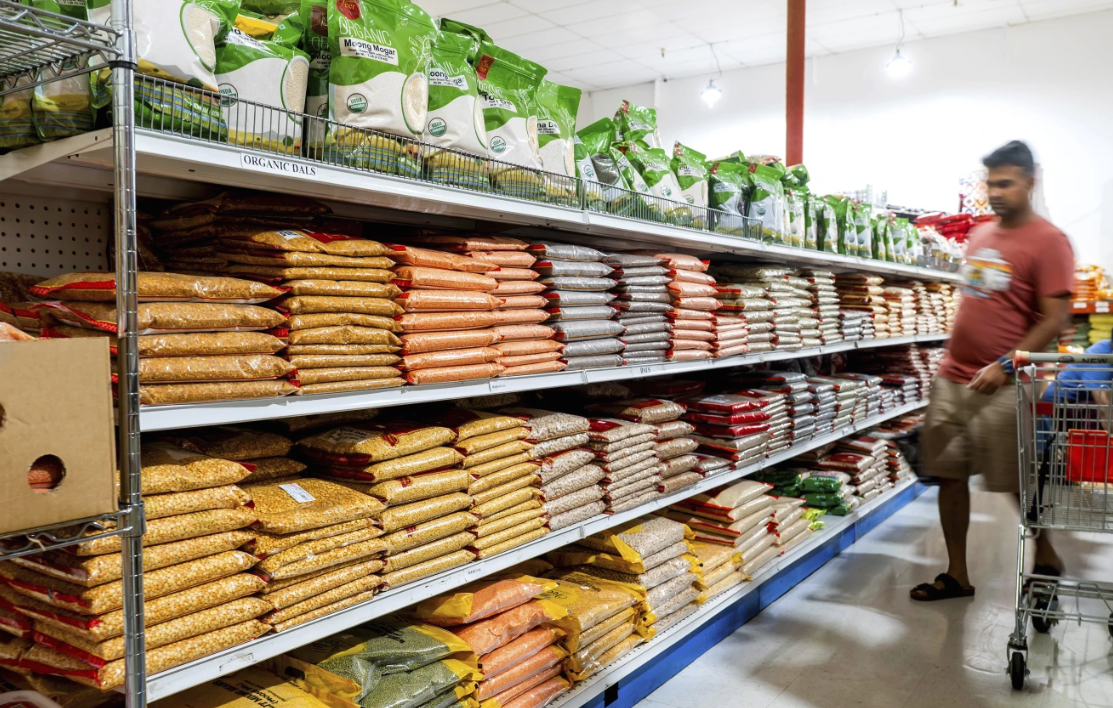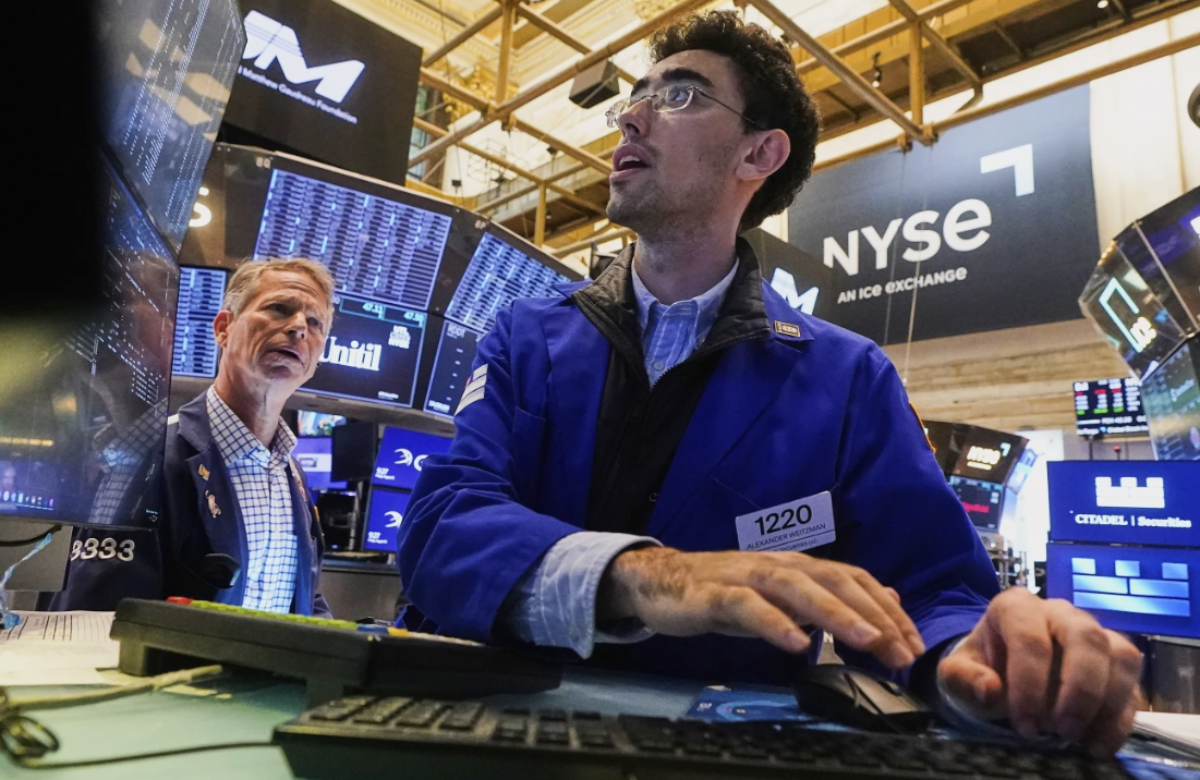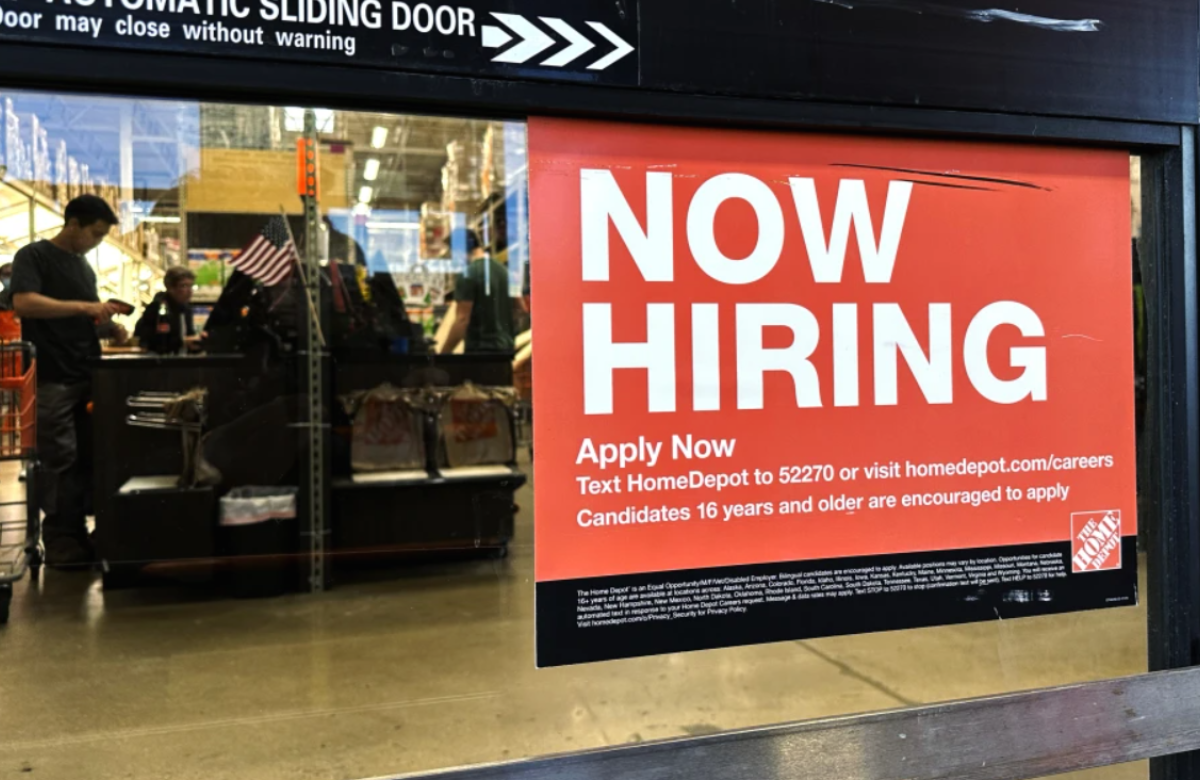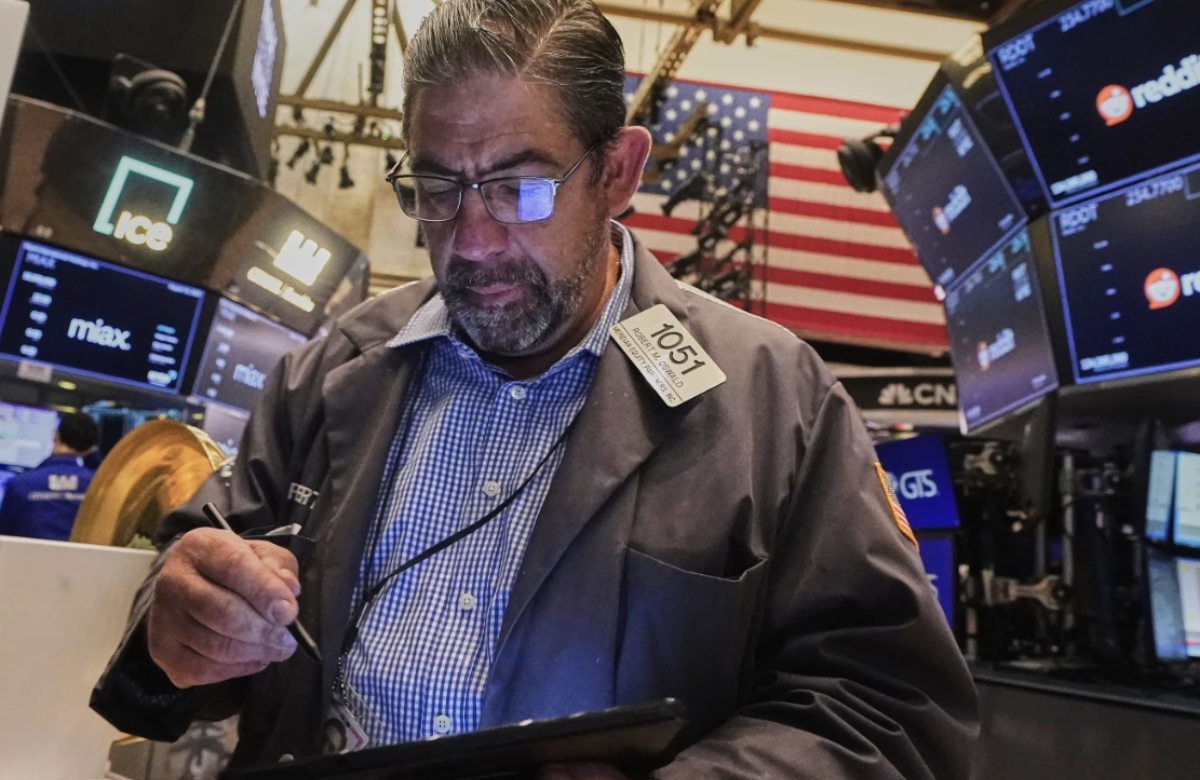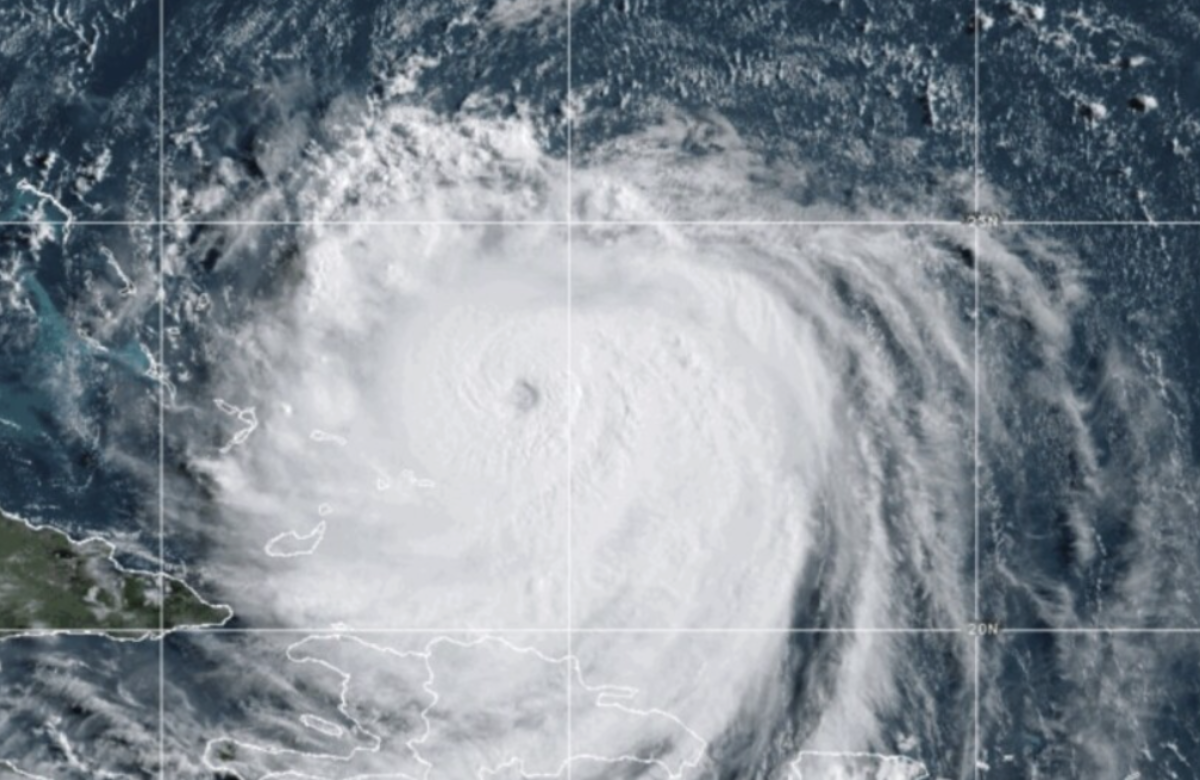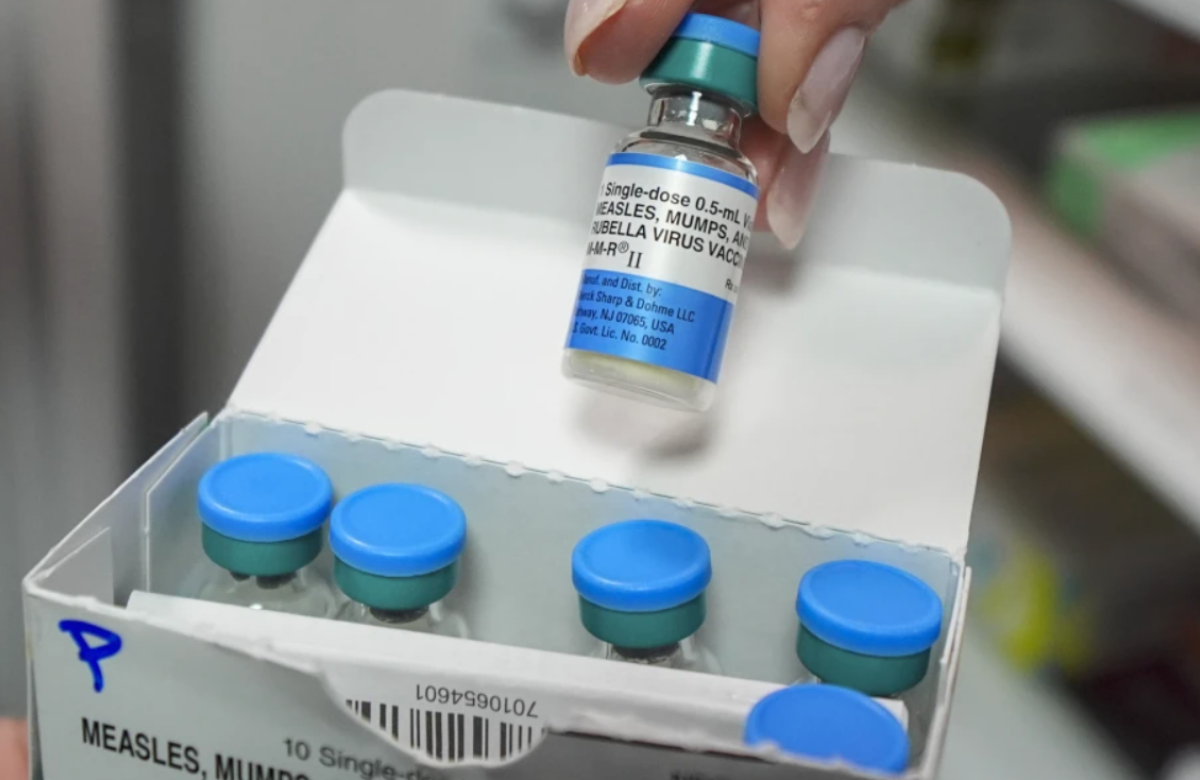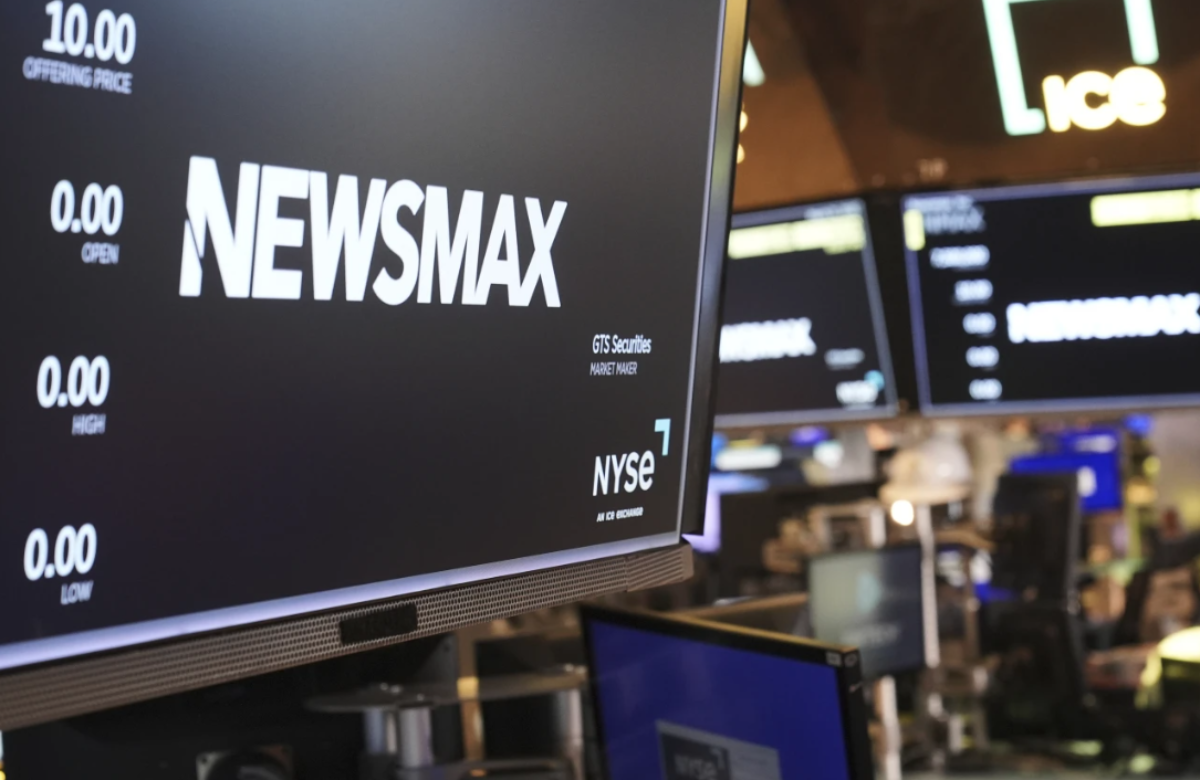Amazon is significantly ramping up its grocery game, now allowing Prime members to order fresh produce like blueberries and milk alongside everyday essentials like batteries and clothing — all delivered within hours.
The company announced Wednesday that this same-day delivery service is now available in over 1,000 cities and towns, including Raleigh (North Carolina), Milwaukee (Wisconsin), and Columbus (Ohio). Orders over $25 qualify for free same-day delivery for Prime members. By the end of the year, Amazon plans to expand the service to more than 2,300 locations across the country.
Describing the rollout as “one of the most significant grocery expansions” in its history, Amazon is adding thousands of perishable food items to its already vast delivery network. This aggressive move is expected to increase competition in the grocery delivery space, posing a challenge to established players like Walmart, Target, and Kroger — all of which saw their stock prices dip following the news.
Amazon executive Tony Herrington explained that customers can now combine items like milk and electronics, or apples and mystery novels, in a single checkout — all delivered in one trip within just a few hours. Frozen pizzas and tools for home projects can now arrive together at the front door.
The service was first piloted in Phoenix, Arizona, last year and gradually expanded to Orlando, Florida, and Kansas City, Missouri, earlier in 2025. Since then, Amazon says many of its grocery shoppers have become repeat users, shopping nearly twice as frequently as those who haven’t used the food delivery option.
Amazon also highlighted some surprising trends from the early data. Strawberries have frequently overtaken tech gadgets like AirPods among the top-selling items in same-day carts. Other popular perishables include bananas, Honeycrisp apples, limes, and avocados.
In 2024, Amazon recorded over $100 billion in grocery and household goods sales — not counting figures from Whole Foods Market or Amazon Fresh.
To support its growing delivery demands, the company said in June it plans to invest more than $4 billion to triple its delivery infrastructure by 2026, focusing heavily on improving service in small towns and rural communities.
Additionally, Amazon is using artificial intelligence to better anticipate customer preferences by region. This allows it to stock best-selling items along with products tailored to specific local tastes and needs, streamlining delivery and boosting efficiency.
Also Read:
Trump’s Pick to Lead Labor Statistics Draws Widespread Criticism
Export Ban Imposed by China on Taiwan Military-Connected Businesses


